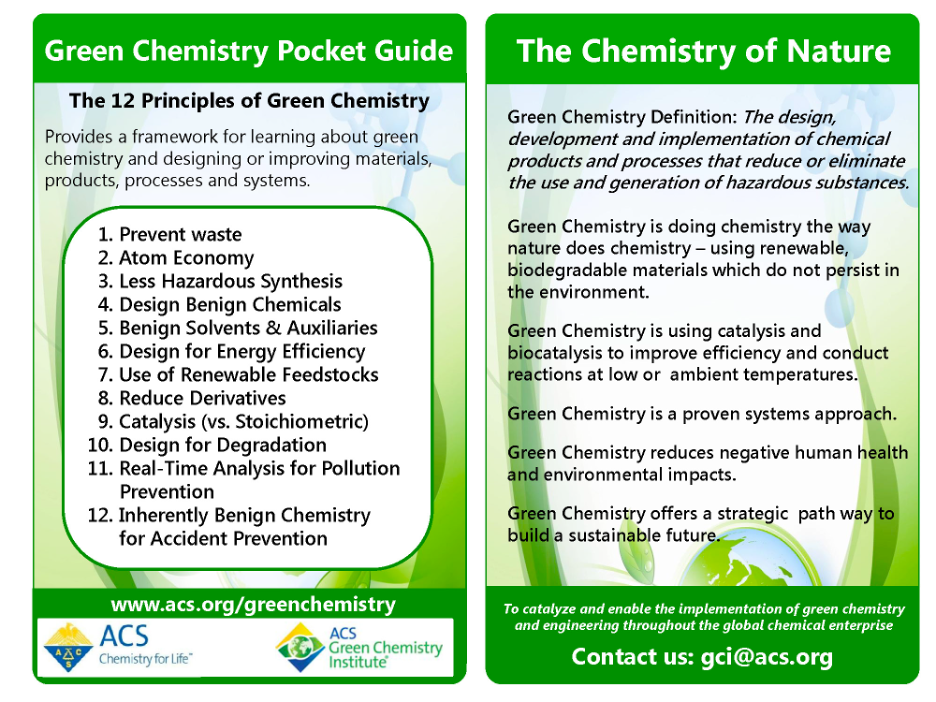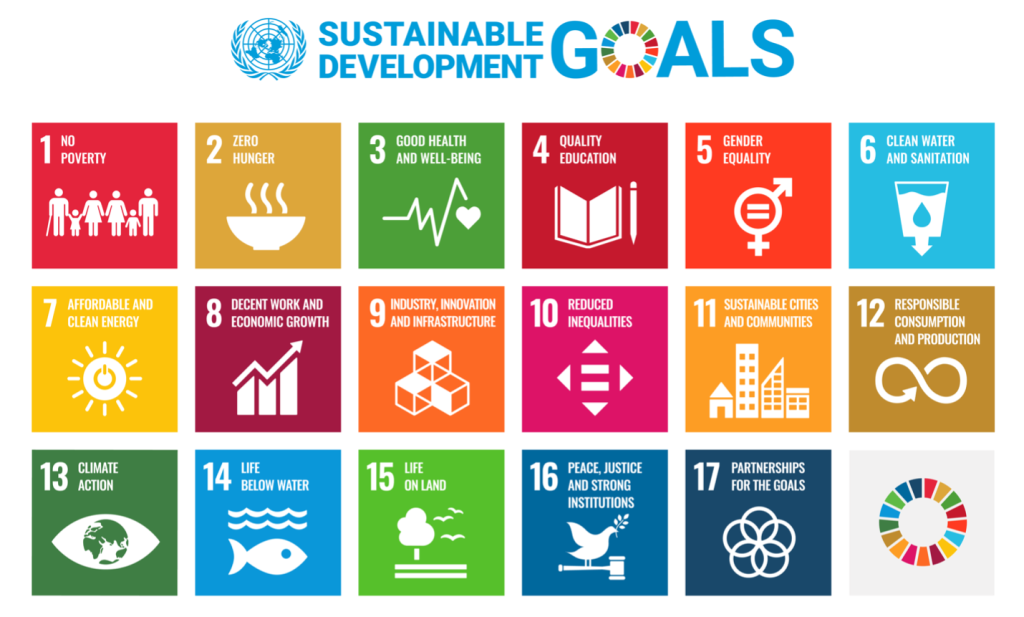Chapter 1 Essential Ideas
At times, the study of chemistry might feel like you are learning about a well-understood subject whose most exciting scientific discoveries already took place tens to hundreds of years in the past. There certainly are topics that were studied in great detail many years ago and are still used in a similar form today to understand key chemical concepts, reactions and energetics. However, chemistry remains a subject that is very much alive in active research. In fact, there are more interdisciplinary applications of chemistry today than ever before.
There is way to quantitatively introduce sustainability practices into chemistry that can revolutionize how chemistry is done even for reaction pathways that have been known and used industrially for decades. Green Chemistry: Theory and Practice (by Paul Anastas and John Warner, Oxford University Press: New York, 1998.) introduces the 12 Principles of Green Chemistry on page 30. These principles span different facets of how chemical processes and products can be evaluated to limit chemical and energy waste and designed to limit toxicity. These measures help create a checklist for more sustainable design in chemistry.

Figure 1.29 American Chemical Society Green Chemistry Pocket Guide showing the 12 Principles of Green Chemistry and providing insight into how green chemistry is realized in the lab. (permission requested)
The goals of the 12 Principles of Green Chemistry in many ways support the 17 United Nations Sustainable Development Goals and provide an opportunity to create a roadmap for system’s thinking to improve the practice of chemistry and the resulting products to help create a more sustainable future!

Figure 1.30 The 17 United Nations Sustainable Development Goals which are a set of environmental and humanitarian priorities to be achieved by 2030. (By United Nations – un.org, Public Domain, https://commons.wikimedia.org/w/index.php?curid=80531292)
Media Attributions
- 12Principles
- 17UNSDGs
